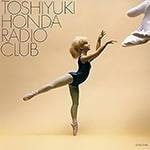Is 4-Beat Swing Really That Difficult?
Continuing from the previous discussion—why hasn’t jazz fully permeated rock or pop music? Why do we hear jazz influences, but rarely hear jazz itself? Let’s explore these questions through examples of songs created for clients.
From a client’s perspective, it’s understandable that jazz, as a genre, tends to be less accessible to the general public. One key reason is that many people find rock or pop to be more familiar—and more "understandable".
In commercial music, especially for ads, this clarity and accessibility are crucial. Music that is easy to grasp is more likely to be accepted by the audience, and by extension, contribute to better product sales.
Take, for instance, Eiichi Ohtaki’s song "Kimi wa Tennen Shoku" (You Are Technicolor), that’s often regarded as peak J-POP. The sheer number of commercials it has been featured in speaks volumes.
This highlights the gap between music that has permeated public consciousness and music that which hasn’t.
This dynamic applies equally to the production of hit songs. While there is an abundance of musicians skilled in widely popular genres, the number of artists who can perform jazz, particularly at a high level, is relatively limited.
For example, musicians who can accurately play the distinctive 4-beat rhythm and basslines characteristic of jazz are few and far between.
Hiring such highly skilled players often requires significant compensation, which poses a challenge for record labels trying to keep production costs low.
As a result, incorporating 4-beat jazz into a production carries a certain financial and logistical risk, making it a less frequent choice.
And Yet, 4-Beat Jazz…
While 4-beat jazz is often seen as difficult to grasp, there is a dedicated audience who truly appreciates its appeal.
This time, we’ll focus on musicians who have turned their unique interests to their advantage and have strategically targeted and connected with their niche fan base.
■ Recommended Album: Sansokushi by Ringo Sheena (2019)

Released in 2019, Sansokushi is Ringo Sheena’s sixth studio album.
She brought in top-tier musicians such as Masanori Sasaji, Yohichi Murata, and Neko Saito who are some of the most in-demand players in the Japanese music industry.
The album offers a sonic palette that is diverse, rich, and full of inspiration that was performed by Japan’s first-call musicians, with many of whom are connected through Tokyo Jihen,.
Ringo Sheena entrusted her music to the most dynamic studio talent of the time, and what they drew out of her compositions is dense with musical flavor and depth.
What’s truly striking is that, despite the range and individuality of the performances, everything remains tightly controlled by Sheena herself, which is a fact that feels almost intimidating.
It was, without a doubt, a deliberate and confident artistic statement on her part.
Ringo Sheena’s music is J-POP infused with jazz elements that are both unorthodox and yet (in a good way) musically orthodox, which is represented by the peak in creativity in the pop music scene at the time.
Ringo Sheena masterfully blended sophisticated jazz sensibilities but made it accessible with pop, and she crafted a sound that was as intellectually compelling as it was emotionally resonant.
Recommended Track: “Menuki-dori” (Main Street)
This song played a key role in enhancing the image of Ginza, a symbol of luxury in Tokyo. The aspirational large-scale commercial facility referenced in this song is GINZA SIX, for which this track served as the theme song that was performed by Ringo Sheena and Tortoise Matsumoto, who are both iconic vocalists.
The song is adorned with gorgeous big band jazz, elegantly blending the refined atmosphere of Ginza with the grandeur of jazz orchestration. The arrangement is elevated further by the addition of strings and horns, emphasizing a sense of opulence—masterfully orchestrated by Neko Saito.
The lineup of musicians is nothing short of stellar, which includes Midorin, the drummer from the then-rising jazz band SOIL&"PIMP"SESSIONS; Yohichi Murata, who is known for his outstanding brass arrangements and work as musical director for Sadao Watanabe; and Masanori Sasaji, a veteran pianist and arranger with a long legacy. Together, they created a track that’s as lavish as the district it represents, while also brilliantly fusing Tokyo sophistication with jazz flair.
Thinking about how much was invested into this orchestration is almost intimidating. The client must have approved a substantial production budget. The promotional video for GINZA SIX also played a significant role in amplifying the song’s impact.
In this track, there was a moment when jazz, which is typically a niche genre, momentarily surpassed pop in sheer presence and power. “Menuki-dori” conveys a kind of clarity and freshness that comes from fully embracing traditional big band jazz. In that sense, it might even be considered uncharacteristic of Ringo Sheena in the best possible way. Gone is her signature world of shadowy, tangled emotion. Instead, the song offers a vibrant, confident statement. I clearly remember being struck at the time, thinking, “Sheena Ringo can write a song like this too?”
Recommended Track: “Kemono Yuku Hosomichi” (The Best Moves Down the Narrow Road)
Featuring Hiroji Miyamoto of Elephant Kashimashi on vocals, this track is the second duet following “Menuki-dori”. If that earlier song represented “light”, then “Kemono Yuku Hosomichi” unmistakably represents “shadow”—and it is here that Ringo Sheena’s true essence is fully revealed.
The track once again places a dazzling, glamorous big band front and center, continuing the lush soundscape established in “Menuki-dori” and was used as the theme for the Nippon TV news program news zero. The epic arrangement was crafted by Masanori Sasaji, who also plays piano on the track. Known as a prolific producer in the Japanese pop scene, Sasaji worked with artists like Spitz, Princess Princess, and Seiko Matsuda, Sasaji’s vision of “pop disguised in a jazz skin” is evident here.
It’s easy to imagine that this production, too, came with a significant price tag. The sheer scale and intricacy of the arrangement reflect not only high-level musicianship but also a deep confidence in blending jazz sophistication with pop sensibility.
From its eerie A and B sections, the song unfolds into a soaring chorus that incorporates a salsa-style clave rhythm; it’s a stunning progression. The exhilaration in this chorus carries the unmistakable warmth and drive of Latin jazz, creating a striking and masterful contrast to the song’s darker opening.
The musicians featured on this track are all top-tier professionals. Drums are played by Hideo Yamaki, bass by Kenji Takamizu, and the horn section includes trombonist Yoichi Murata and saxophonists Masato Honda, Masakuni Takeno, and Takuo Yamamoto—a truly top-tier lineup. A major highlight arrives in the latter half of the song: a long acoustic piano solo by Masanori Sasaji, who also arranged the piece. It’s rare to hear such an extended ad-lib piano solo in a pop song, and even more remarkable is that the solo itself is pure straight jazz that’s bold, stylish, and utterly captivating.
This track is a shining example of pop music making a deliberate and confident approach toward jazz. It's not just fusion—it’s a calculated, triumphant assertion of jazz's expressive power within the framework of pop.
Musicians, Album, and Recommended Songs Featured This Time
- Artists: Ringo Sheena, Tortoise Matsumoto, Hiroji Miyamoto, Masanori Sasaji, Neko Saito, Yoichi Murata, and others
- Album: San Dokushi
- Recommended Songs: "Menukidori" (Main Street), "Kemono Yuku Hosomichi" (The Beast Goes Down the Narrow Path)
The “sound & person” column is made up of contributions from you.
For details about contributing, click here.







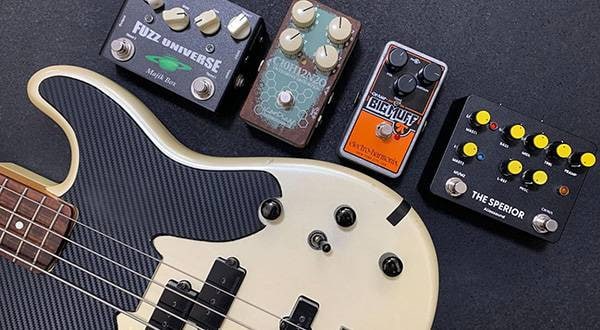
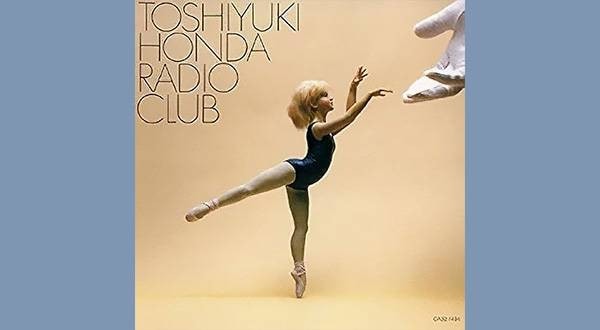
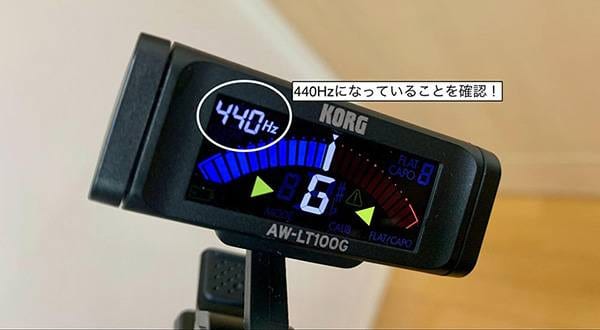
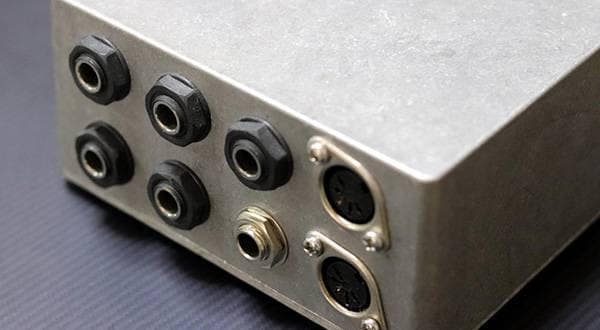
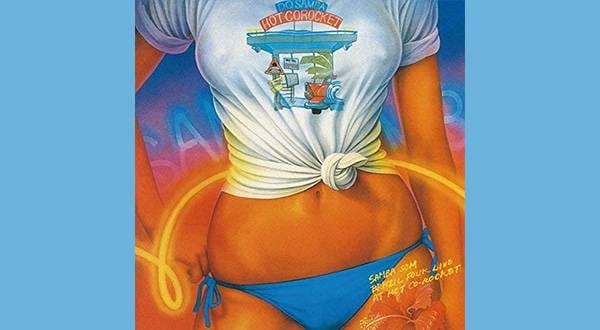
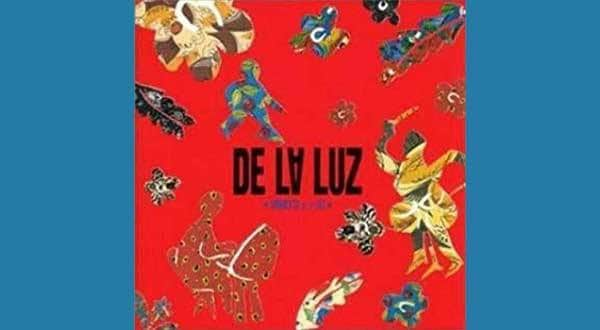
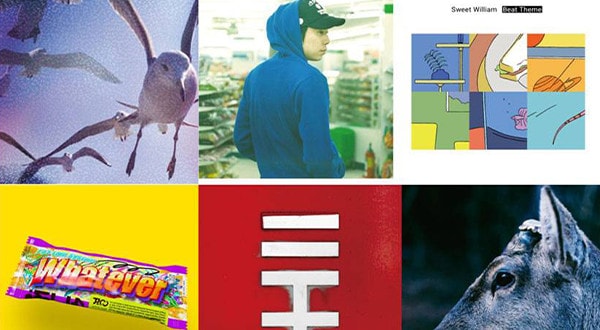
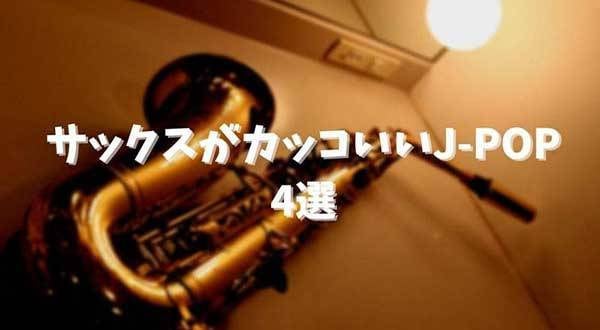
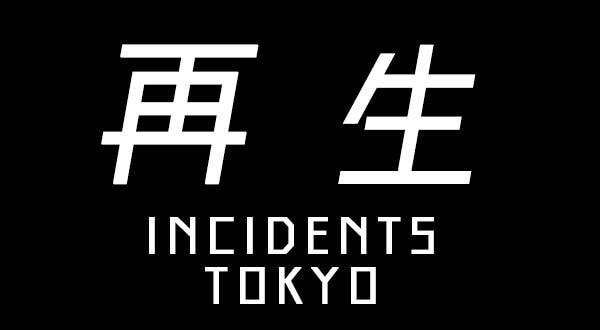
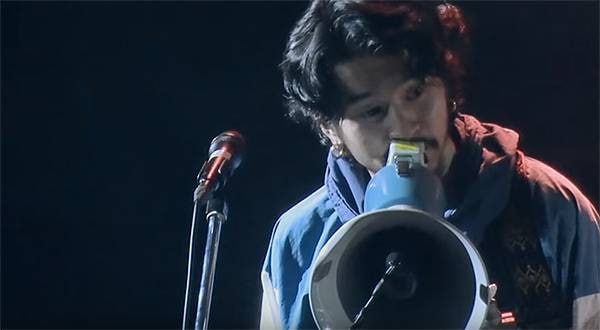
 ピアノアコースティックピアノ 入門ガイド
ピアノアコースティックピアノ 入門ガイド
 PLAYTECH キーボードセレクター
PLAYTECH キーボードセレクター
 ミュージシャン数珠つなぎ インディーズバンド編
ミュージシャン数珠つなぎ インディーズバンド編
 激レア?激アツ?みんなのお宝自慢
激レア?激アツ?みんなのお宝自慢
 音楽好きSNSアプリ SOUND NAVI
音楽好きSNSアプリ SOUND NAVI
 音楽フェスをご紹介
音楽フェスをご紹介


